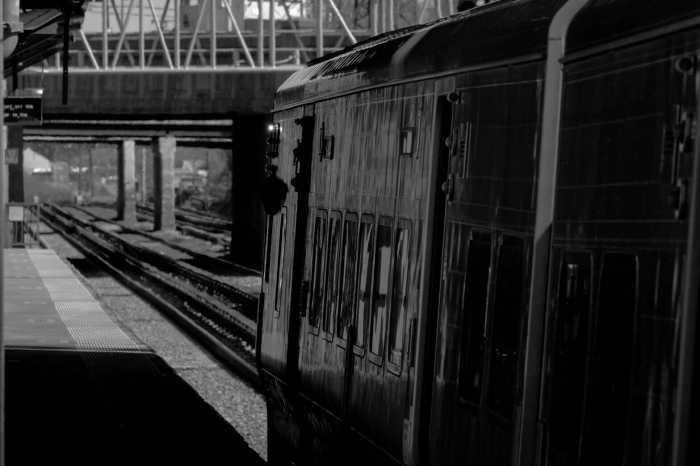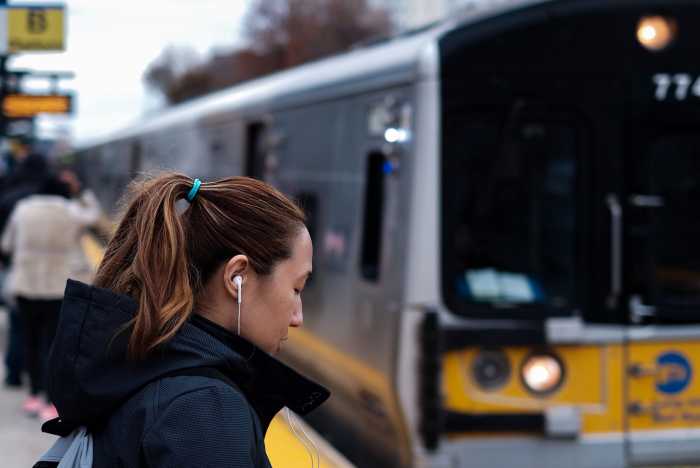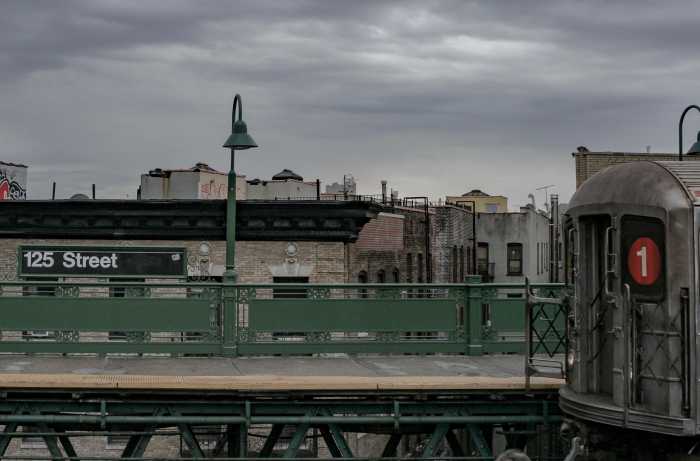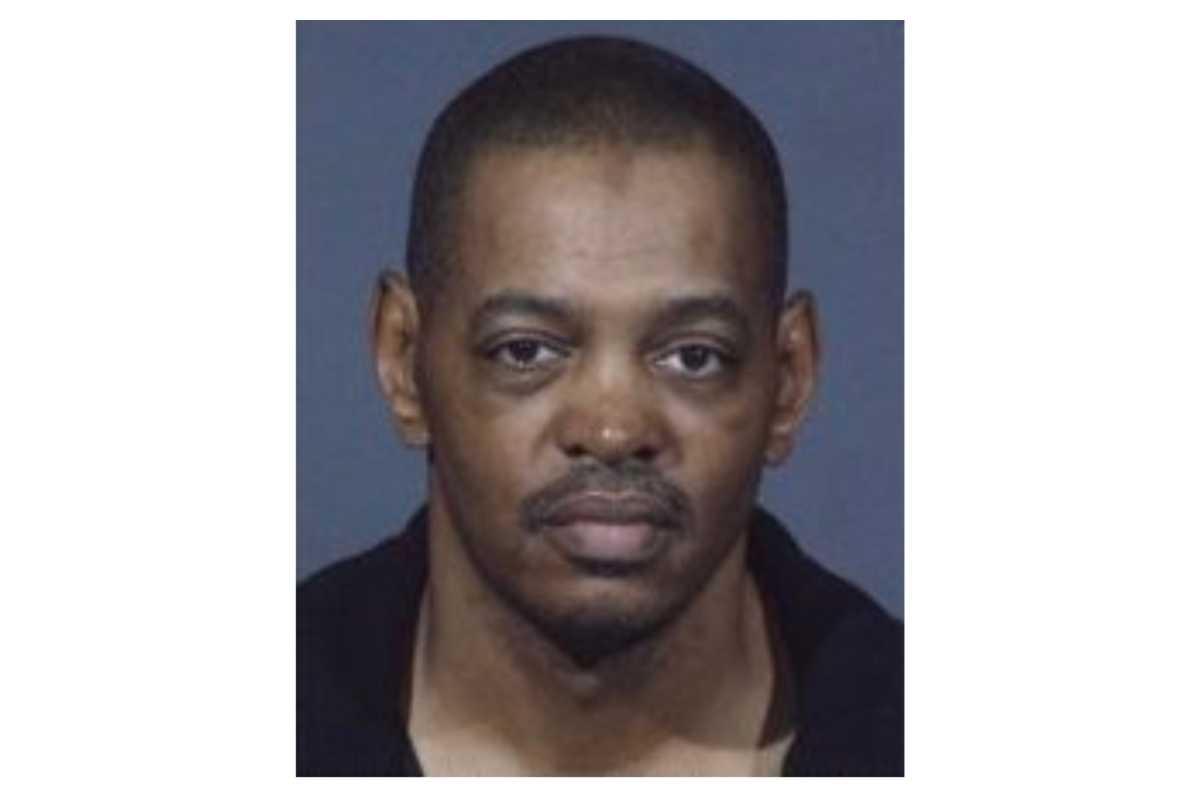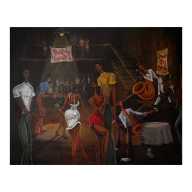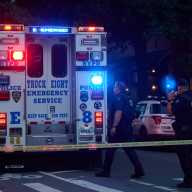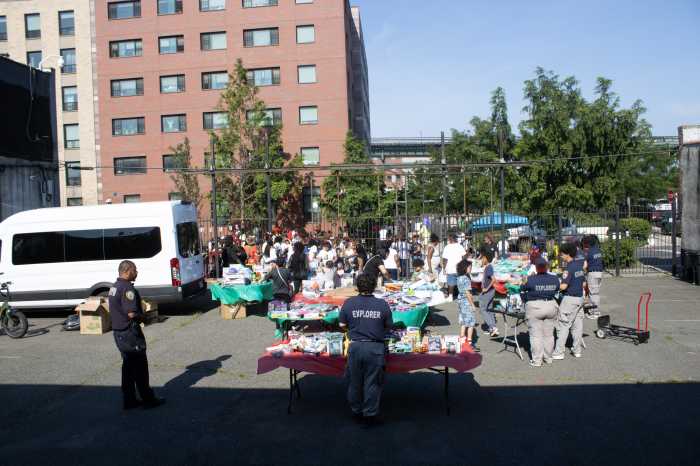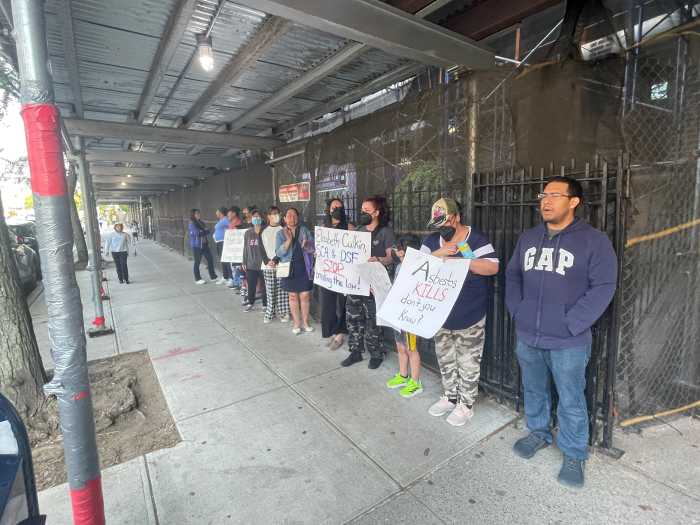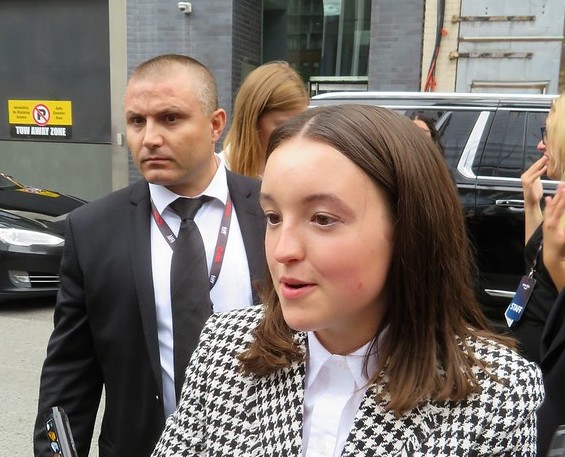When you think of fall in New York, your mind likely fills with images of beautiful foliage and maybe some pumpkins or apple picking. For us at the railroad, the season is significant: while the leaves are pretty to look at, they’re a menace to railroad operations.
When wet leaves on tracks get crushed by steel train wheels, a slippery substance called pectin forms and coats the rails. Pectin affects how our trains brake and can cause a “slip-slide” effect, where a train with brakes activated slides along the rail instead of braking, creating flat spots on the wheel. In these instances, the train must be taken out of service in order to repair flat wheels. This inconveniences customers, lessens the number of cars we have in operation, and costs money to fix in addition to causing delays and cancellations–none of which we like to see happen.
After dealing with this issue unsuccessfully for decades, we at the LIRR found a solution. Two years ago, we partnered with a company to launch the first laser train in North America. It works by using high-intensity lasers to remove layers of pectin from the tracks. These trains have proved so efficient, we added a second laser train last year and increased its speed, allowing us to cover more territory more quickly.
The initiative has yielded major year-over-year improvements in service while ultimately paying for itself through reduced labor and material costs. In 2020, low-adhesion delays were down 66% (246 trains) compared to 2019, and down 79% (473 trains) compared to 2018. On costs, labor expenses related to fixing flat wheels have decreased by 34%. These figures show that our technology works, and it’s saving customers valuable time while saving the LIRR valuable funding.
This year we’re looking to build off these successes. Our team is working closely with the vendor to improve maintainability and effectiveness of the laser so that our laser trains are more reliable and their maintenance more efficient. This means our laser trains will experience less down-time in between runs, which again saves us money while deploying the trains faster.
I’m incredibly proud of the LIRR team for making this new technology not only a reality, but a successful one. While each fall season brings its own challenges, this cutting-edge innovation gives us a leg up on Mother Nature’s powerful force. We know that we cannot stop weather events – which are only getting worse and more frequent in recent years– but we can mitigate the impacts.
We are laser focused as we lead the way to better service and welcoming back New York to the LIRR.
Phil Eng is president of MTA Long Island Rail Road.




